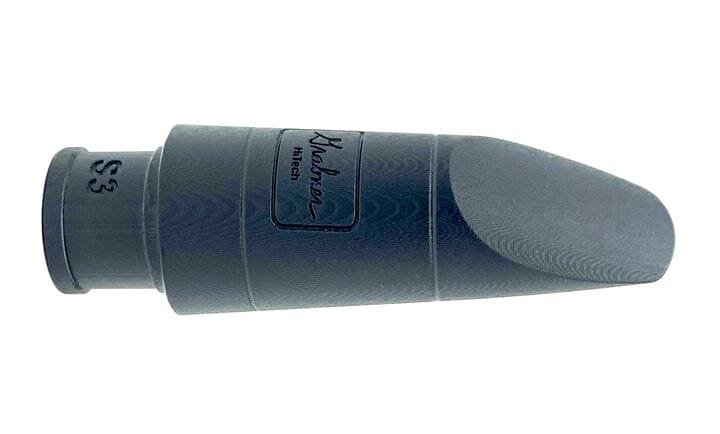![Detail of the carefully designed 3D printed clarinet mouthpiece [Source: Fast Radius]](https://fabbaloo.com/wp-content/uploads/2020/05/image-asset_img_5eb08ca621d21.jpg)
I’m reading an interesting case study from Fast Radius that shows how additive manufacturing techniques can be used to overcome the loss of skilled craft workers.
The project in question dealt with the manufacturing of clarinet mouthpieces, something that turns out to be far more complex than I had imagined. Not being a musician, I thought that mouthpieces are mouthpieces, and you buy them in a music store like guitar picks.
That’s not what it is about at all, it seems.
Clarinet Mouthpieces
For advanced and professional clarinet players, the mouthpiece is a critical piece of the musical system. It must meet extraordinary tolerances because even the slightest shift in geometry will cause a notable effect on the music produced by the clarinet. Precision is key.
Secondly, mouthpieces are quite literally in the mouth of the musician, and that’s a very sensitive area. Therefore, the mouthpieces must be of materials that are suitably textured and thermally conductive to be comfortable for the player. That’s very hard to achieve with many 3D printing systems and their materials.
ClarinetXpress Mouthpieces
The case in question here involved ClarinetXpress, a niche service providing ultra-high quality clarinet mouthpieces, among other services. The mouthpieces for many years were built by a skilled machinist using CNC equipment. However, the machinist retired, leaving ClarinetXpress in a bind to find a solution to maintain their business.
They turned to an additive manufacturing solution from Fast Radius, a noted service provide that can supply not only 3D printing services, but also design and finishing aspects.
![Sample 3D prints of the carefully designed clarinet mouthpiece [Source: Fast Radius]](https://fabbaloo.com/wp-content/uploads/2020/05/image-asset_img_5eb08ca67c534.jpg)
By working with Fast Radius, ClarinetXpress was able to develop an effective solution. This turned out to be 3D printing a mouthpiece design on Carbon 3D printing equipment using their RPU 70 Rigid Polyurethane material, which seemed to best meet the engineering, auditory and texture requirements. Apparently the final mouthpieces are geometrically accurate down to 0.01mm.
The process of finalizing the design apparently took many iterations, which is made easy by the ability of additive manufacturing technology to produce objects without the need for expensive tooling to be prepared. This sped up the achievement of the solution considerably.
From Craft to Additive Manufacturing
What I find fascinating about this project is that it clearly shows how a manufacturing process can be transformed from essentially a craft into a scalable, repeatable and modifiable manufacturing process. In the past and still to this day some manufacturers are tied to specific craft workers who can produce high quality objects, but are neither scalable or easily modifiable.
And they retire, too.
Via Fast Radius

